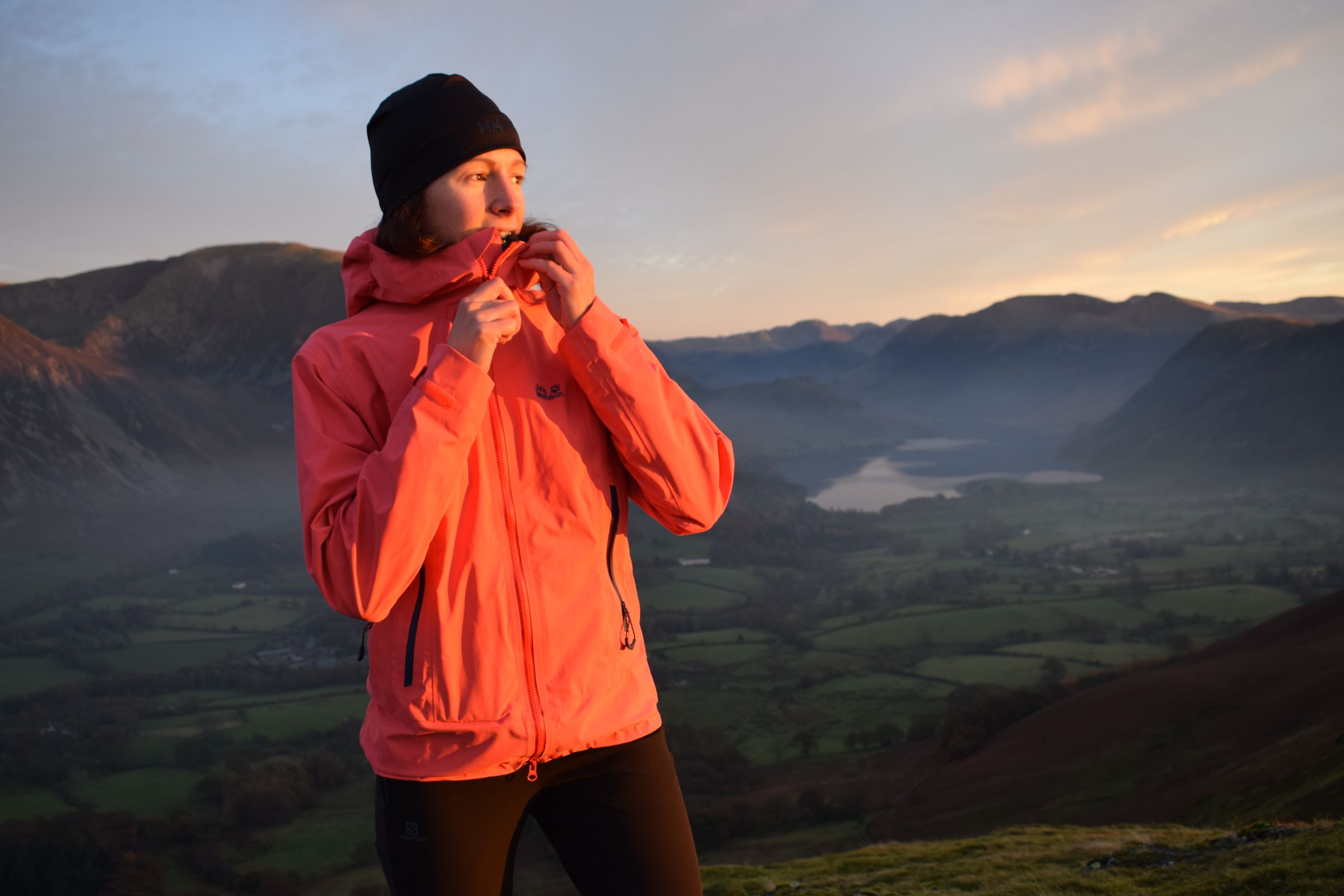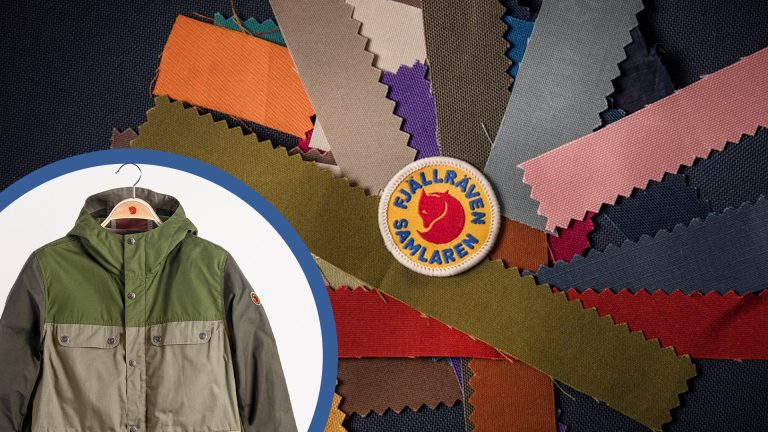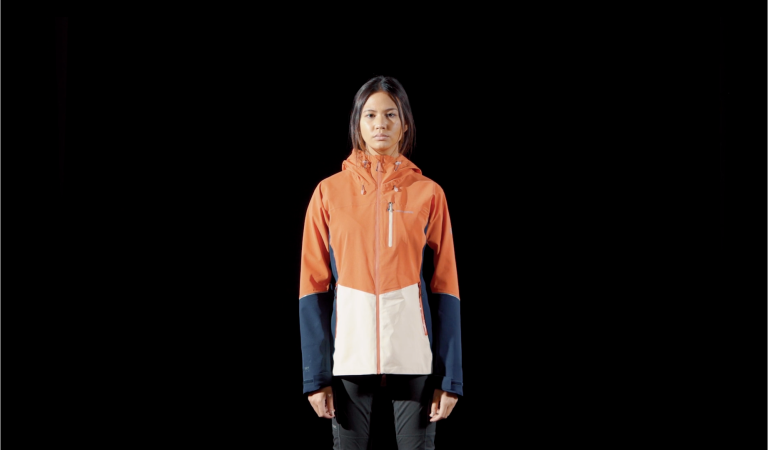Winter is here – and that means your ultra-light, wafer-thin, minimalist summer waterproof jacket just won’t cut it anymore. Take it out into the mountains at this time of year and it’ll be a recipe for disaster: you’ll end up like a drowned rat, soaked to the bone from the inevitable British torrential downpours. The solution? Invest in a thicker, heavier, sturdier winter-ready jacket with top-notch waterproofing stats.
The hydrostatic head rating of a jacket gives you an indication of how waterproof it really is. It’s measured in lab conditions by working out how tall a column of water placed on the fabric can be without water seeping through said fabric.
A 5m column translates to a 5,000mm hydrostatic head rating; a 20m column gives you a 20,000mm rating. The higher the column of water, the more waterproof the material is. Your cheap, lightweight summery jacket might only have a 1,500mm or 3,000mm rating – just showerproof, rather than truly waterproof.
But the Jack Wolfskin Exolight Pro jacket has a 30,000mm rating, which is really impressive. It’ll keep you dry in even the gnarliest of storms, thanks to the premium materials used and high-end build. Designed in collaboration with the Alpine School Innsbruck (experts in wet, snowy and cold conditions in the Austrian Alps), Jack Wolfskin claim the jacket is perfectly suited for “long, hard days in the mountains”, whether you’re trekking, mountaineering or skiing.
So… can it live up to this billing?

Comfort
I found the Jack Wolfskin Exolight Pro more than adequate in terms of comfort. It is heavier and slightly more rigid and cumbersome than an ultralight jacket (and hence not as comfy), but that’s to be expected for a higher-grade of waterproofing. In fact, I found the jacket surprisingly supple and flexible for the superb level of waterproofing, and it fitted snugly and moved well with my body.
For me it fitted true to size. I’m usually a women’s small and the small hit the spot for my body size, with just enough room for some layering and a lightweight insulated jacket underneath (although I did find the arms slightly longer than in other jackets). Features that helped to improve the comfort included: the Velcro wrist straps, which enabled me to adequately tighten the jacket’s cuff for my preferred comfort; and the highly adjustable hood, which I could tighten and loosen easily for tailored comfort and shelter around my face.









